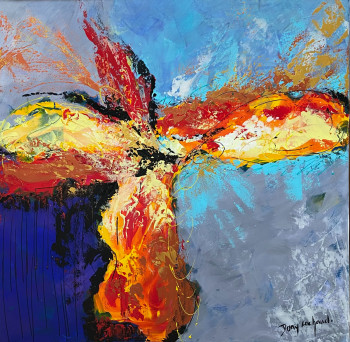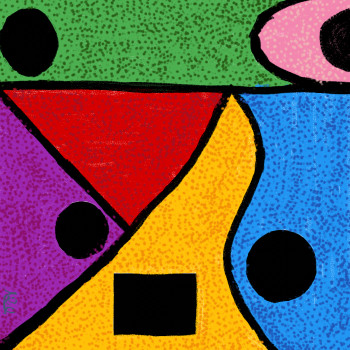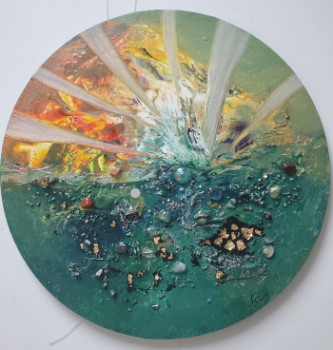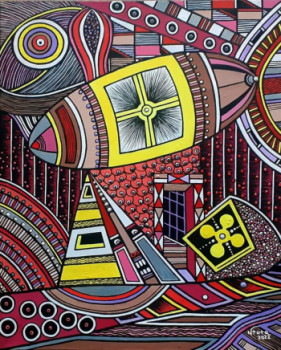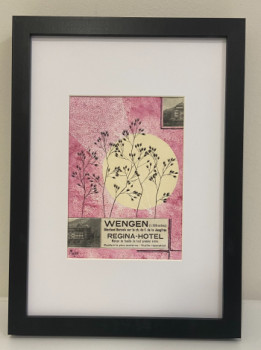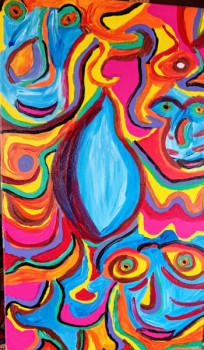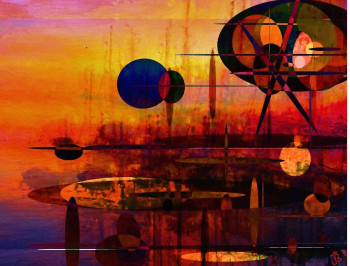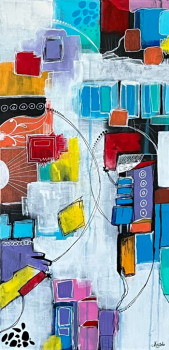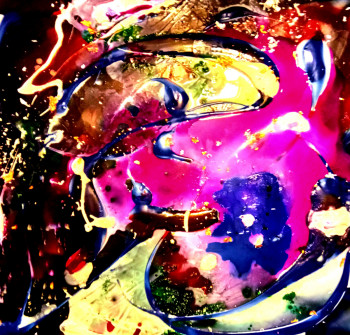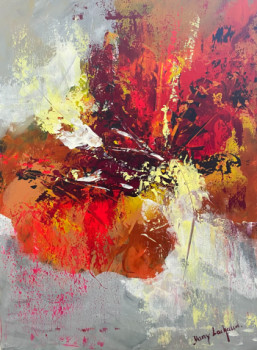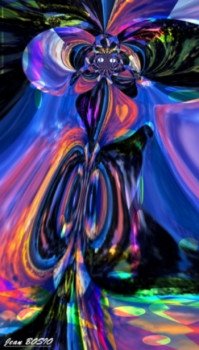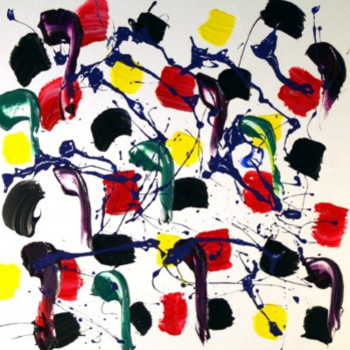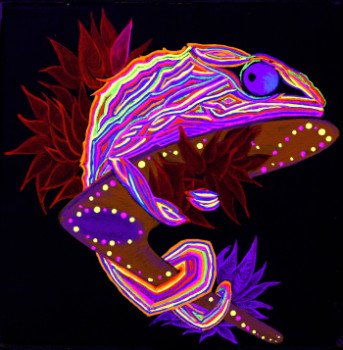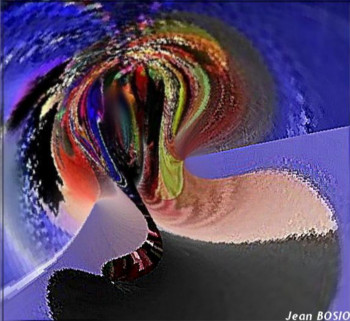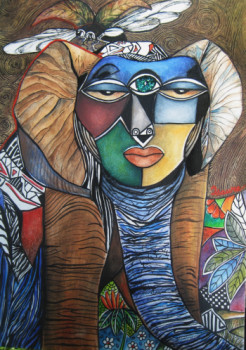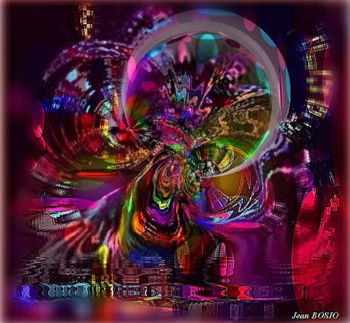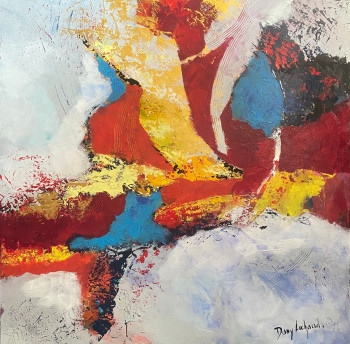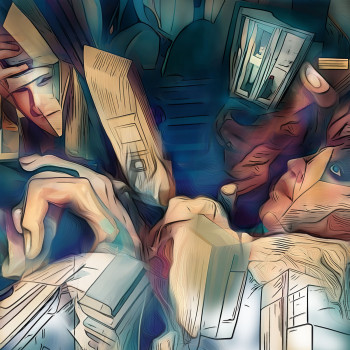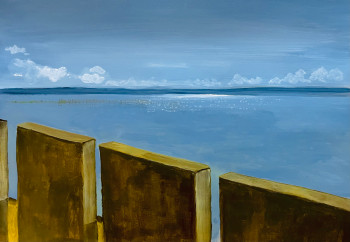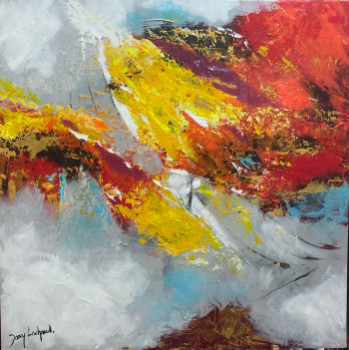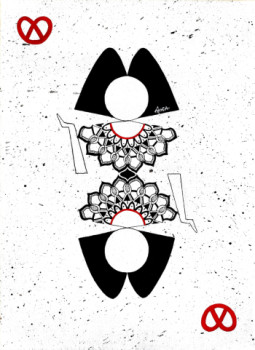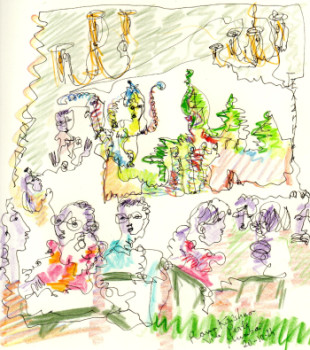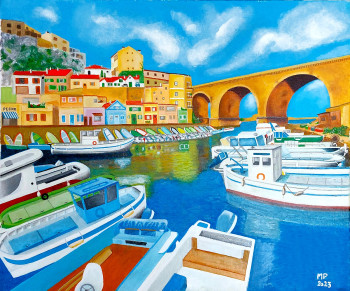
Kandinski: An essential contemporary artist

Vassily Kandinski is a painter born November 22, 1866 in Moscow. He died on December 13, 1944, in Neuilly-sur-Seine in France. He is an essential character in painting contemporary, but also an art theoretician, a poet and an engraver. He was initially naturalized in France. German before taking Ukrainian nationality and finally French nationality.
Next to Matisse and Picasso, he is one of the leading figures of the most significant artists of the 20th century. But he is also one of the founding fathers of abstract art and is often associated with art. as the author of the first non-figurative work thanks to his watercolor from 1910.
The language of expressionism
Vassily Kandinski undoubtedly remains an emblematic figure of Munich expressionism. He took charge of the artistic group Phalanx between 1901 and 1904, which allowed him to meet Gabriele Münter. Together, they increase the number of trips abroad. across Russia, but also in Austria, Italy, Holland and of course Germany. Later, he will spend more time together. Paris, an emblematic city which allowed him to acquire a lot of additional knowledge.
During the numerous exhibitions for which he was responsible, such as the new association of Munich artists or even that of the Blue Rider, Kandinski always put forward painting modern French with painters like Bonnard, Lautrec, Van Gogh and Signac. Subsequently, it will include certain collections of Picasso, Van Dongen and Derain. He then became one of the most important artists of the Cavalier Bleu and is one of the rare German expressionists to date. use his theoretical knowledge to base his work.
Since his first watercolor in 1910, he has systematically painted works in relation to the reality of life. using formal abbreviations until 1914. This achievement is the fruit of relentless work. allowing him to go beyond the simple formal language of expressionism in order to obtain a pictorial configuration which is not subject to formalism. a natural model. During his theoretical foundations, the painter differentiates between great abstraction and great realism.
Highlighting the chromatic palette
After numerous trips to the German capital in 1908, Kandinski decided to acquire a house in the German capital. Murnau with his partner. He moved there in 1909 and they decided to spend the summer there. with Marianne von Werefkin and Alexej Von Jawlesnky. It’s From this period onwards he allowed himself to be influenced by the French Fauves, which allowed him to acquire greater autonomy in his works creative by highlighting color. But also by simplifying the shapes.
These influences are clearly visible in the work « the Blue Mountain » from 1908 where We clearly see the influence of the Fauvism movement. He uses mixed techniques absolutely remarkable. The assembly of objects and colors reflects an absence of logical relationship in relation to the reality objective.
As a result, the colors used have their own internal meaning that Kandinski tries to convey by creating emotions in the viewer. The following year, Kandinski created the painting « Grüngasse à agrave; Murnau ». We clearly see the artistic evolution of the painter during his nomadic period. Windows, doors, walls and patterns used to create homes consistently set areas of color. Kandinski then uses a system of contrast with yellow and blue or yellow and orange. For him, these are purely aesthetic nuances.
The subdivision of Kandinski's work in relation to its degree of abstraction
Generally speaking, painting has undergone a process of logical evolution of artist Paul Cézanne at Monet, but also from Van Gogh to Picasso. This evolution has been pursued by Kandinski between 1909 and 1914. It is an evolving process and Kandinski decided to pursue it. to subdivide his works in relation to the degree abstraction. Thus, the Impressions produced are based on naturalistic models which initially remained formal abbreviations. Concerning Improvisations, these are paintings spontaneously created to capture the inner resonance and make it felt within the audience. through the canvas.
Next come the Compositions, which can be defined as mature works based on the multiplication of watercolors, from drawings preparatory and d&rsquo ;sketches oil. There are only 10 works recorded as compositions and seven of them were recorded as compositions. created before the First World War.
Kandinski's worldwide fame throughout the world through its exhibitions at Munich
When Kandinski decides to exhibit at Munich, he is accompanied by renowned artists like Georges Braque or Pablo Picasso. In this way, the modern movement has an international reach and this results in the multiplication of exposures to on a global scale like the Sonderbund from 1912 to Cologne or in 1913 in New York with the famous Armory Show.
But when war breaks out, Kandinski has no choice but to return to Russia while his partner remains in Germany . But in 1917, the separation was recorded and Kandinski initially remained at home. Moscow to follow its artistic evolution by devoting itself to autonomous painting based on a geometric configuration.
Four years later, he decided to return to Germany and became a professor at the Bauhaus in Weimer. Even if these decisive years undoubtedly remain the years of Murnau and Munich, these theoretical formulas are still studied today ;today and they had a considerable influence on his contemporaries.
His last and most significant artistic work remains « the blue world » of 1934. While surrealism is a particularly popular movement on the artistic scene, Kandinski wishes to move towards a different geometric art by showing itself more free in his creations. In order to maintain this freedom, he moved to Paris to escape Nazism. He died a few years later, in 1944 in Paris. Neuilly-sur-Seine.
Découvrez quelques oeuvres inspirées de Kandinski

